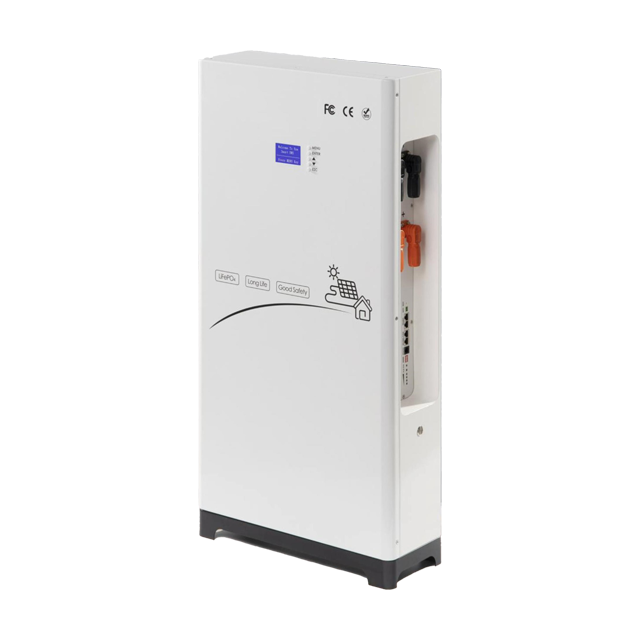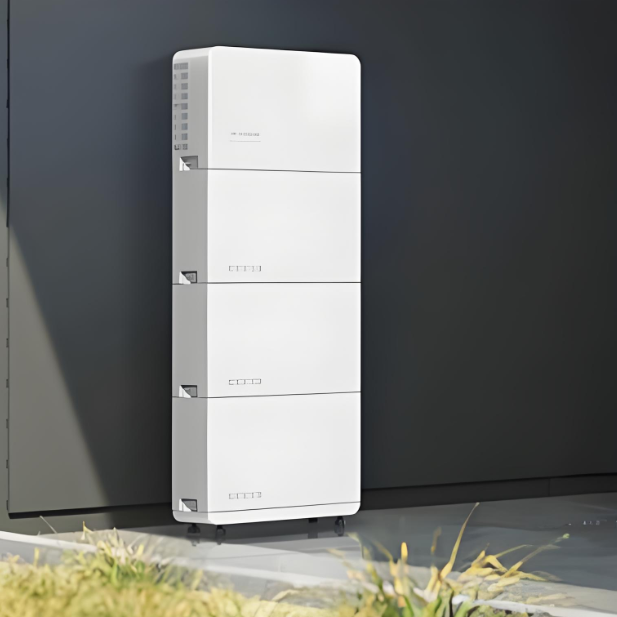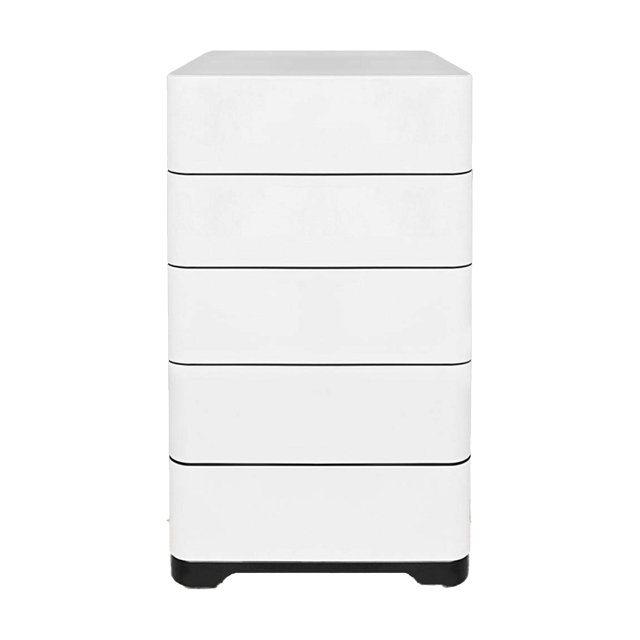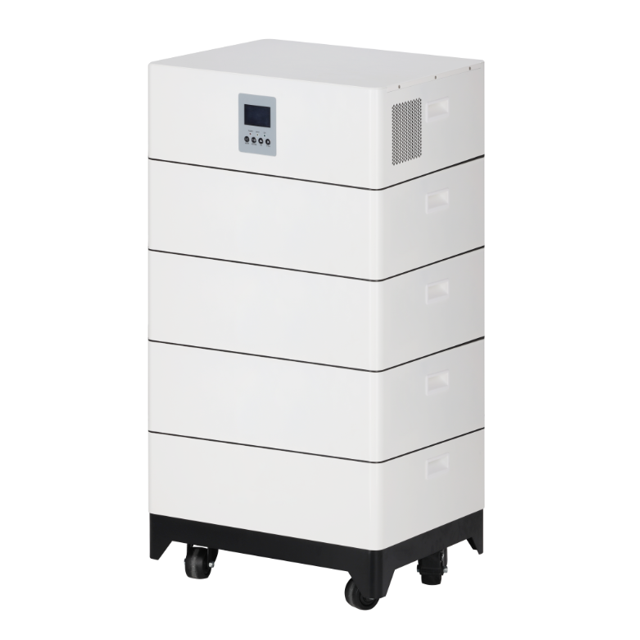A solution for 3D visualization digital twin operation and maintenance platform of smart thermal power plants
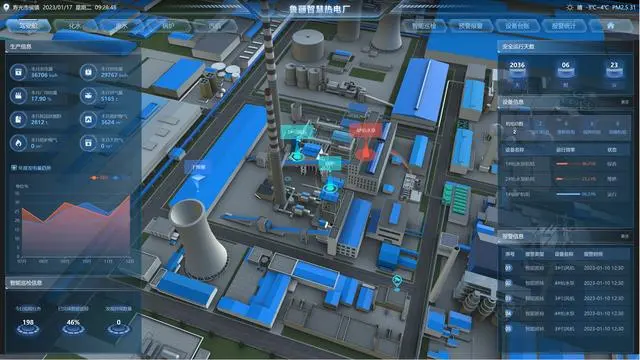
3D visualization digital twin operation and maintenance system for smart thermal power plants
The 3D visualization digital twin operation and maintenance platform for smart thermal power plants is a digital twin visualization management system designed for smart thermal power plants.
Smart thermal power plants aim to achieve a new form of power production organization and management model that is more autonomous in equipment control, more intelligent in production management, and more scientific in risk decision-making, with automatic control as the foundation and data management as the core, integrating operational management history and manual experience, guiding management systems to manage and evolve independently.
Smart thermal power plant system functions
1. Park management system
By constructing a three-dimensional visualization smart park for power plants, the comprehensive operational indicators of the park are displayed in a three-dimensional manner, allowing for a clear understanding of the park's assets, safety, energy consumption, and economic situation. This helps management personnel make better decisions and also enhances the park's external image and service capabilities
2.Power plant production management
Real time visual monitoring of the operational status of various production subsystems in thermal power plants, and in-depth exploration of historical data based on real-time display of operational data. Data analysis is conducted within a fixed time cycle to help enterprises achieve safer, more efficient, and greener intelligent production and operation.
3.Power plant energy consumption monitoring
Realize uninterrupted energy consumption data monitoring of devices through Internet of Things technology, and achieve real-time monitoring of their operation and environmental conditions. In addition, based on the visualization of energy consumption data, through the analysis of energy consumption data, timely diagnosis of abnormal energy consumption of energy consuming equipment is carried out, reducing the equipment failure rate caused by abnormal situations and reducing economic losses.
4.Distribution system monitoring
Display the pipeline routing of the distribution system through a BIM model, and display the current power, total power, current, voltage, etc. in real-time in the distribution room and at the location where smart meters are installed. The platform can also intuitively display the power supply and distribution status and real-time parameters of various data in the form of a power supply and distribution schematic diagram, facilitating managers to intuitively understand the overall power supply situation of the entire building through drawings.
5.Intelligent inspection system
Integrate the inspection management system in the system with the personnel positioning system to achieve inspection work order delivery, inspection personnel association, inspection path planning, inspection implementation prompts, important inspection point descriptions, inspection misentry into dangerous areas reminders, and statistics on the excellent execution rate of inspection tasks. If the inspection is not completed as required, the abnormal results will be automatically pushed to the violation management system through capturing the violation video. After the auditor confirms the violation behavior, the violation results will be linked to a three-dimensional visual map for display, facilitating the later hidden danger investigation work and comprehensively ensuring production safety.
6.intelligent monitoring system
In the three-dimensional scene of the thermal power plant, AI cameras deployed inside the power plant are used to monitor the operation of personnel and the safe operation of equipment. Through this system and multiple subsystems such as access control, violation management, personnel positioning management, and equipment operation status management, automatic identification of personnel's violation behavior during operation, capture and report of equipment failure status, emergency rescue in distress, personnel/operation tracking records, maintenance/accident tracing investigations, etc. are achieved.
7.Electronic fence system
In a three-dimensional system, electronic fences are set up in key areas or important equipment within the substation area to achieve video linkage tracking and monitoring, avoiding illegal entry or control of areas, and linked with the alarm system. When there is abnormal entry or abnormal situation, color alarms can be issued and abnormal areas can be gathered, and pop-up windows can be used to indicate abnormal states, ensuring the safe operation of power plant equipment in all aspects.
8.Equipment monitoring system
The system monitors the environment, performance, status, and other information of the equipment from all directions and angles, and makes real-time judgments on multiple key indicators to achieve intelligent alarms. Once the parameters reach the threshold, the interface will automatically pop up a red warning pop-up window, indicating the precise fault area and status. Management personnel can perform interactive actions such as rotation, translation, and scaling on the interface to comprehensively view the surrounding environment and faulty equipment, making the entire scene of the thermal power plant more transparent and intuitive, which helps the management to grasp the overall accident.
9.Personnel positioning system
The personnel positioning system is composed of positioning tags, positioning base stations, and backend management software. Through the integration of this system with access control system, visitor management system, AI video system, safety and environmental monitoring system, patrol management, two ticket management, and violation management in the system, dynamic control, area statistics, trajectory query, electronic fence, and on duty management of production and operation personnel are achieved.
10.fire alarm system
The platform integrates smoke and temperature alarm devices in the fire protection system, and displays them in a three-dimensional form in the BIM model, allowing for intuitive viewing of the spatial layout and operational status information of the fire protection equipment.
